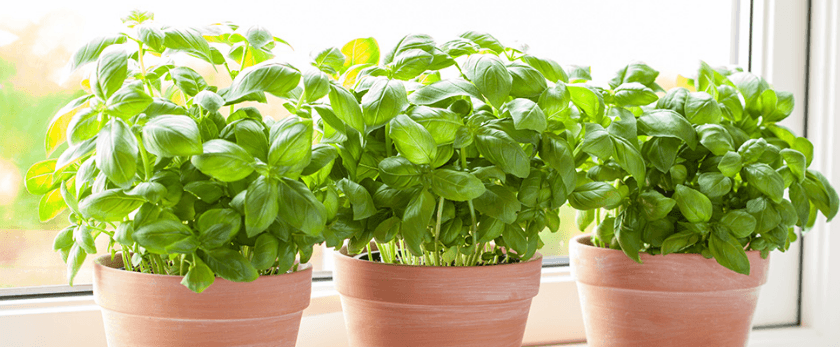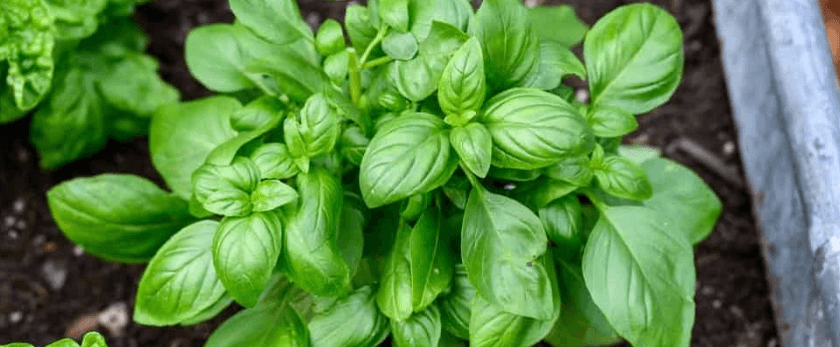Basil is a versatile and flavorful herb that is easy to grow at home. Not only does it add a delicious touch to your meals, but it also has numerous health benefits. Growing your own basil is not only a cost-effective option, but it also reduces your carbon footprint by eliminating the need for transportation and packaging. Plus, it's a great way to connect with nature and add some greenery to your living space. In this article, we'll discuss how to grow your own basil and some common problems you may encounter.
How to Care for Basil
Basil is a low-maintenance herb that requires minimal care. Here are some tips to help you grow healthy and flavorful basil plants:
Watering
Basil plants need consistent moisture, but they don't like to be overwatered. The key is to keep the soil evenly moist, but not soggy. Water your basil plants when the top inch of soil feels dry to the touch. Avoid getting water on the leaves as it can lead to fungal diseases. It's best to water your basil plants in the morning to allow the leaves to dry out during the day.
Light
Basil plants thrive in full sun, so make sure to place them in a spot that receives at least 6-8 hours of sunlight per day. If you're growing basil indoors, place it near a south-facing window or use grow lights to provide sufficient light.
Soil
Basil plants prefer well-draining, nutrient-rich soil. You can use a potting mix specifically designed for herbs or make your own by mixing equal parts of compost, peat moss, and perlite. Make sure the soil is loose and airy to allow for proper drainage.
Fertilizer
Basil plants are heavy feeders and require regular fertilization to grow healthy and produce flavorful leaves. You can use an organic fertilizer every 2-3 weeks or a slow-release fertilizer at the beginning of the growing season. Avoid using high-nitrogen fertilizers as they can lead to excessive leaf growth and reduce the flavor of the leaves.
Pruning
Regular pruning is essential for basil plants to encourage bushy growth and prevent them from becoming leggy. Pinch off the top two sets of leaves when the plant reaches about 6 inches in height. This will encourage the plant to branch out and produce more leaves. You can also prune off any flowers that appear to prevent the plant from going to seed and prolong its lifespan.

What is the Best Time to Grow Basil
Basil is a warm-weather herb that thrives in temperatures between 70-90°F. It's best to start growing basil in the spring when the temperatures start to warm up. If you live in a colder climate, you can start your basil plants indoors and transplant them outside once the weather warms up. Basil plants are sensitive to frost, so make sure to protect them if the temperature drops below 50°F.
Common Problems with Basil
Despite being an easy-to-grow herb, basil plants can face some common problems. Here are some issues you may encounter and how to address them:
Pests
Basil plants are susceptible to pests such as aphids, whiteflies, and spider mites. You can use natural remedies like neem oil or insecticidal soap to get rid of these pests. It's also essential to keep your plants healthy and stress-free to prevent pest infestations.
Diseases
Basil plants can also be affected by fungal diseases such as powdery mildew and downy mildew. These diseases can be prevented by providing good air circulation and avoiding overhead watering. If your plants do get infected, remove the affected leaves and treat them with a fungicide.
Bolting
Bolting is when the basil plant starts to produce flowers and go to seed. This can happen due to stress, such as extreme temperatures or lack of water. To prevent bolting, make sure to provide your plants with consistent moisture and prune off any flowers that appear.
Conclusion
Growing your own basil is a rewarding and eco-friendly activity that can add flavor and freshness to your meals. With proper care and attention, you can have a bountiful supply of basil throughout the growing season. Remember to water your plants regularly, provide them with sufficient light, use nutrient-rich soil, fertilize them regularly, and prune them to encourage bushy growth. Keep an eye out for pests and diseases, and address them promptly to keep your plants healthy. With these tips in mind, you can enjoy fresh and flavorful basil from your own garden. Happy growing!










